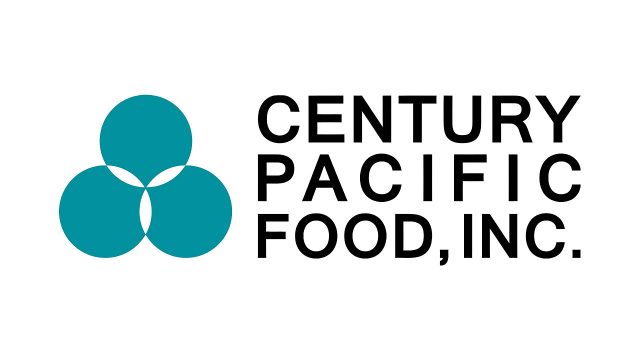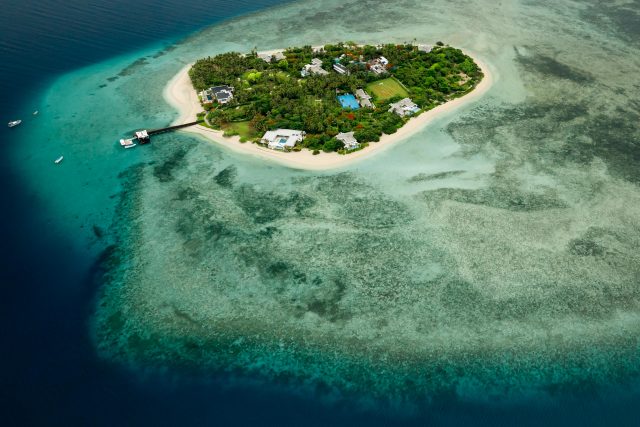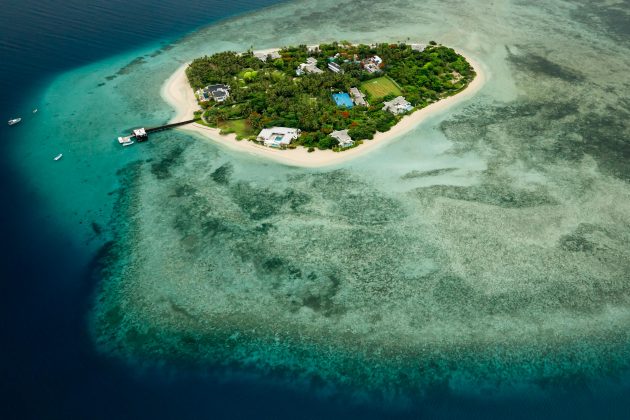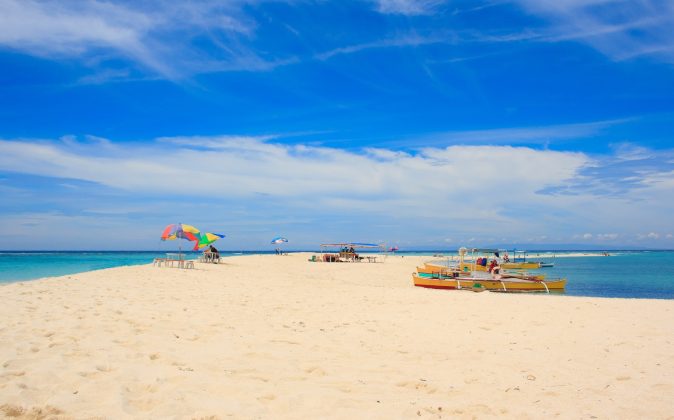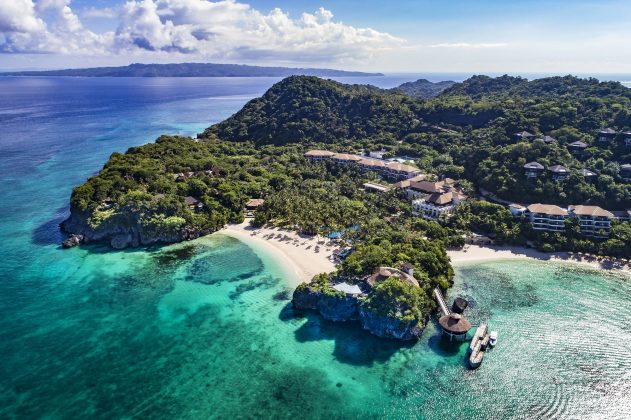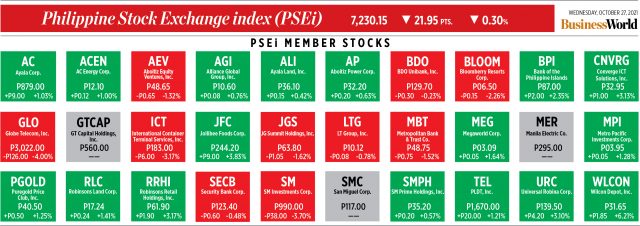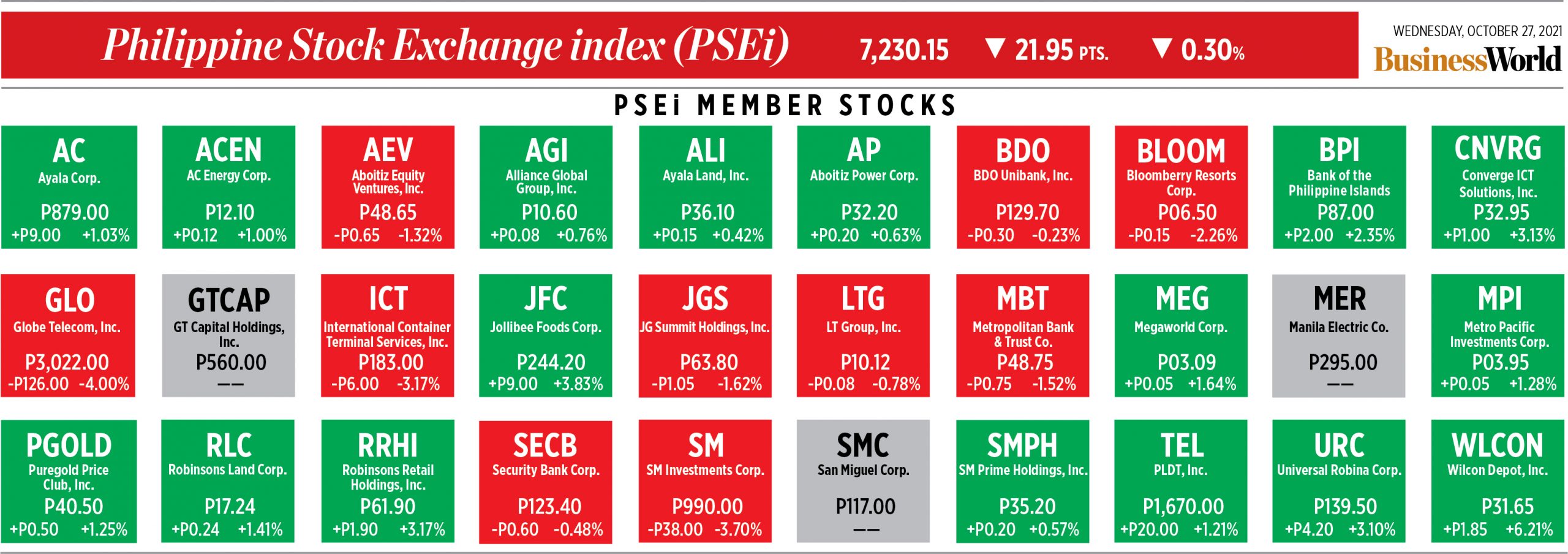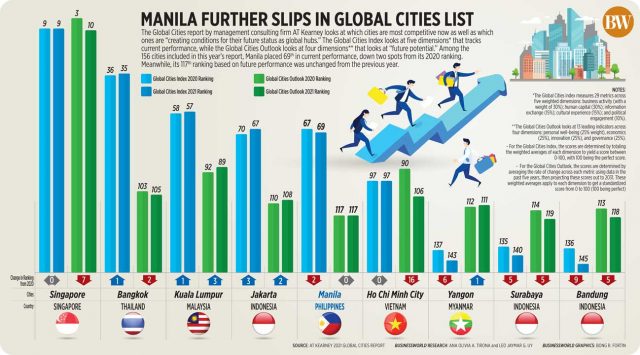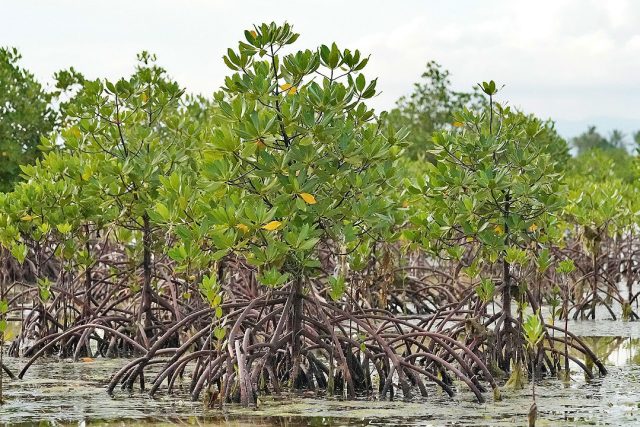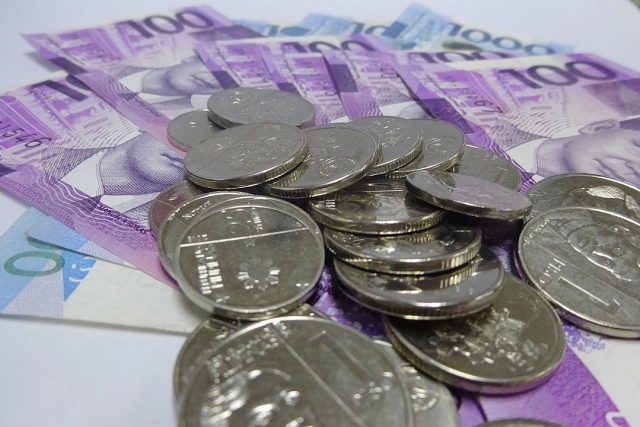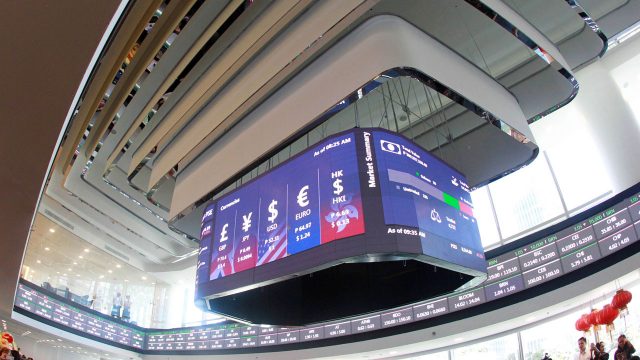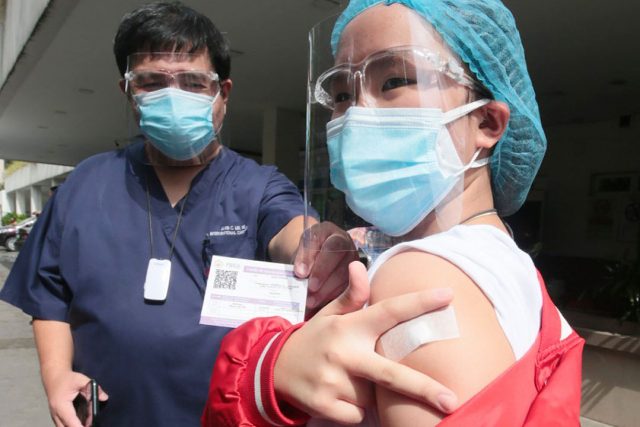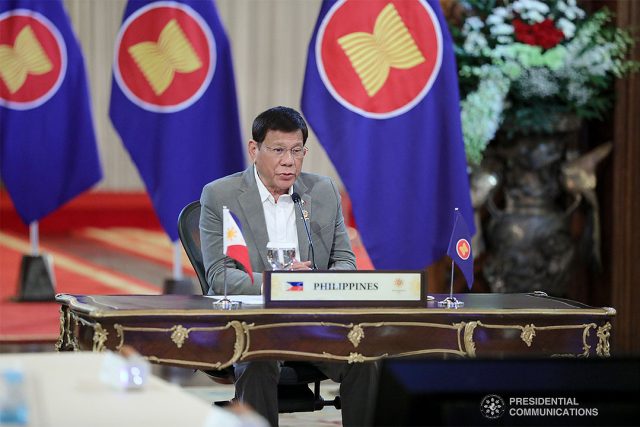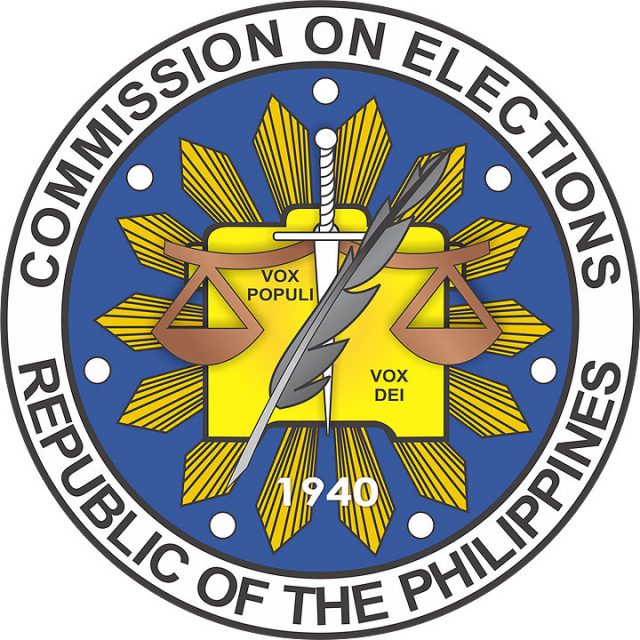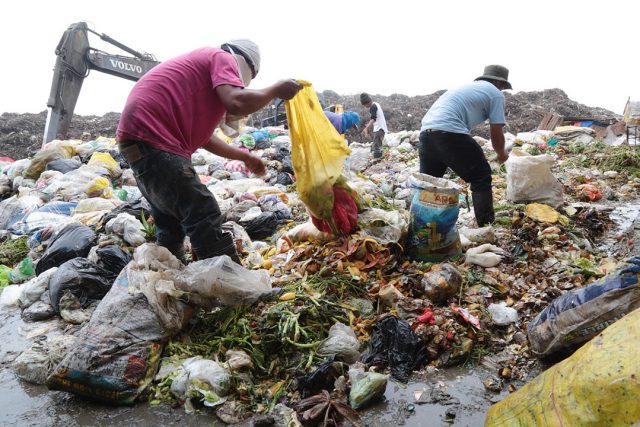Century Pacific launches chocolate beverage
CENTURY PACIFIC Food, Inc. (CNPF) unveiled a new chocolate beverage brand as part of efforts to expand its dairy portfolio.
CNPF said in a stock exchange disclosure on Wednesday that the new chocolate milk drink brand dubbed “Choco Hero” is the company’s most affordable product yet and is already available in supermarkets and sari-sari stores across the country.
“Choco Hero is a choco malt milk drink for kids, full of vitamins and minerals that boost strength, mental alertness, and energy. It comes in family-size and single servings, with a starting price of only P5.00,” CNPF said.
The company said the new chocolate drink brand joins its existing milk products such as “Birch Tree Fortified” and “Angel Evaporada.
Pyrus A. Dela Cruz, CNPF vice-president and general manager for milk, said dairy products in the country should be more affordable especially with the ongoing coronavirus disease 2019 (COVID-19) pandemic.
“Accessibility is still one of the biggest challenges for this category, especially nowadays. Our consumers have been in this pandemic for two years,” Mr. Dela Cruz said.
CNPF Executive Chairman Christopher T. Po said the company sees a lot of opportunities in pushing innovation in the dairy space.
“Milk is a prime source of nutrition, yet the Philippines’ per capita consumption of milk is less than 10% than that of more developed countries,” Mr. Po said.
“Developing relevant innovations, especially for our emerging businesses, is central to our growth strategy. It is important that we build these new pillars to continuously diversify our revenue streams and, ultimately, future-proof our company,” he added.
Aside from the new chocolate drink brand, CNPF recently introduced its own pet food brand named “Goodest” which offers cat food.
The company also previously entered the plant-based meat alternatives market with its “unMeat” brand.
On Wednesday, shares of CNPF at the stock exchange rose 2.09% or 55 centavos to finish at P26.85 apiece. — Revin Mikhael D. Ochave

